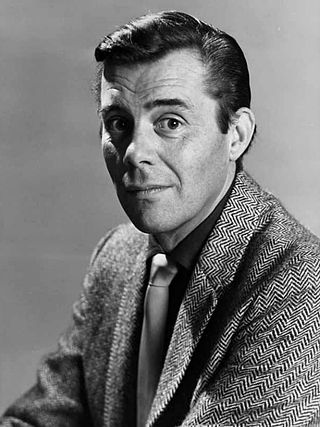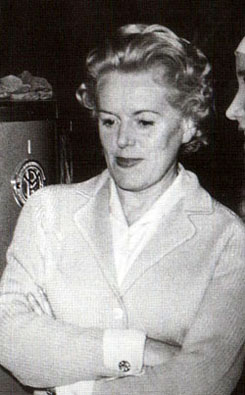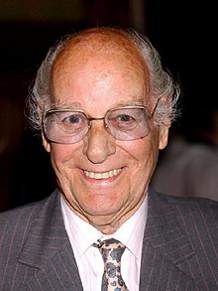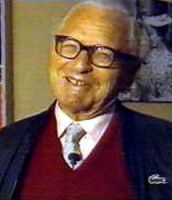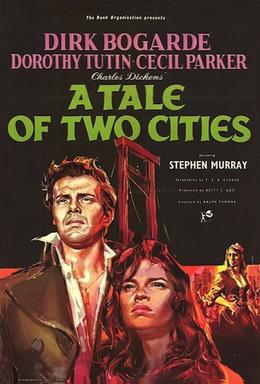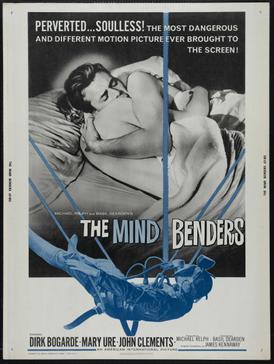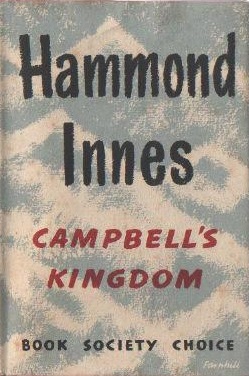Production
Hammond Innes's novel was published in 1952 and was based on the Canadian oil boom of the late 1940s. Innes researched the novel extensively and it was a best seller. [2]
The story was serialised as Nothing to Lose. Film rights were purchased prior to the novel's publication by the producing-directing team of Betty Box and Ralph Thomas, who had just made The Venetian Bird (1952). Location scouting for the film began in August 1952, with Box and Thomas touring the Canadian Rockies. [3] [4] [5]
"That serial title refers to the hero's special armour", said Ralph Thomas. "He's a young Canadian whose friends help him strike oil on a piece of land willed by his grandfather to disprove the general belief that the old man was unhinged. And he happens to be fatally stricken. He's a dying man." [6]
"There's quite a bit of room for suspense", said Betty Box. "For one thing a big oil company is obstructing him. Our climax will have the gusher flooded by a break in a huge dam. With an ingenious twist." [6]
Eric Ambler was assigned to write the script. [7] In 1954 Jack Hawkins and Shelley Winters were mentioned as possible stars. [8]
However, because it was an expensive project the film took a number of years to be financed. Box and Thomas had a major box office hit in Doctor in the House (1954) which turned Dirk Bogarde into a star. Bogarde was ideal casting for Campbell's Kingdom and he became attached to the project. The film was almost made after Doctor at Sea (1955) when there was a financial crisis in the British film industry and Rank requested Box, Thomas and Bogarde make a third "Doctor" film, Doctor at Large (1957), instead. While this was done, Box, Ambler and Innes worked on the script to reduce the budget. [9]
The tremendous success of Doctor at Large led to Rank financing Campbell's Kingdom. "We'd all earned a change of subject, we felt", wrote Box later. [10]
The film would be one of a number of films made by the Rank Organisation in the 1950s to appeal to the international market. They tended to be adventure films shot on location overseas in colour based on some best selling novel. Other examples include Windom's Way (1957), Robbery Under Arms (1957), The Wind Cannot Read (1958), Nor the Moon by Night (1958) and Ferry to Hong Kong (1959). [11]
Box said Eric Ambler had a very different approach to writing to Hammond Innes. "Innes was a writer who spent as much time researching his books as he did writing them", she wrote. "Eric's books depend much more on characterisation, motivation and ideologies rather than realistic documentation. I remember him telling me that he hadn't even visited most of the countries he wrote about, and I sensed that he wasn't entirely happy working on Campbell's Kingdom." [12] Another writer, Robin Estridge, was hired to work on the script.
Ray Milland had tried to buy the rights to the novel. He offered to play the role of Campbell for no cash payment and a percentage of the profits, but Rank cast Bogarde. [13]
Michael Craig, who had a support role, felt Bogarde was "an unlikely choice since he was small and slender and not overly athletic" but "I think he wanted to change his image into something more robust, but the sight of him threatening to knock the block off some burly oil driller in a Canadian bar was more ludicrous that robust.". [14]
Although the story is set in Alberta, it was too expensive to film there. Box wrote, "In those days dollars were very scarce, the Treasury didn't want to know and by shooting in Europe we would save a considerable amount of money that would have been spent in transporting people and equipment across the Atlantic and on to the foothills of the Rockies." [15] The landscape exteriors were shot in the Italian Dolomites (Lago di Pontesei and Cortina d'Ampezzo locality Fiames) and the rest was shot at Pinewood Studios outside London. [1] [16]
Betty Box says three of the cast brought their wives on location to Italy – Michael Craig, Stanley Baker and Sid James – and all three were pregnant. [17]

